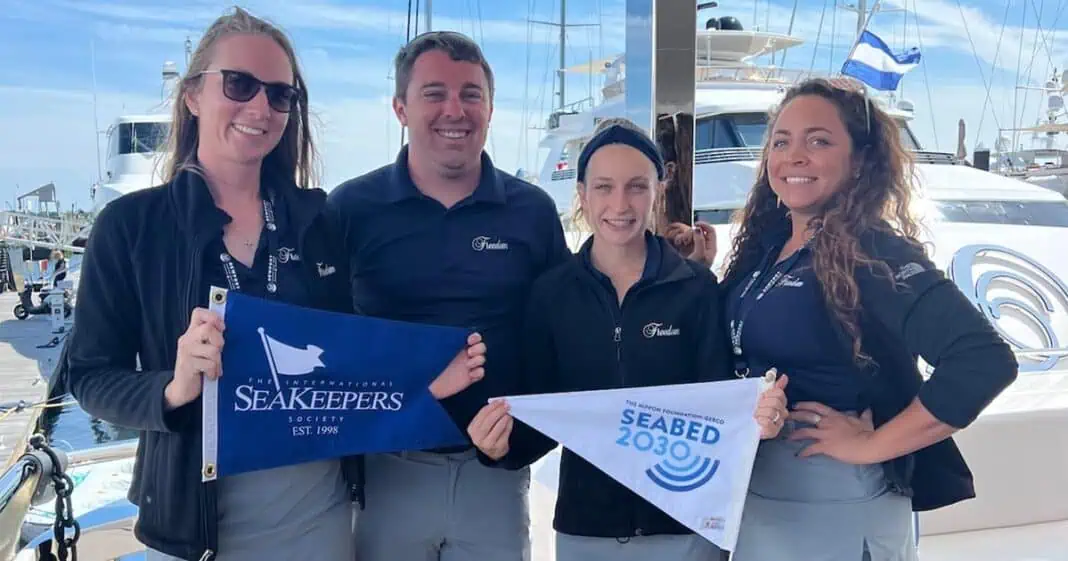The International SeaKeepers Society has mobilized its DISCOVERY fleet to support the Nippon Foundation-GEBCO Seabed 2030 Project.
The collaboration is part of the international effort to create a perfect seabed map of the globe.
Since 2017, the International Hydrographic Organization and the Seabed 2030 Project have encouraged citizen scientists across the world to join the cause of mapping the world’s seabed. As a result, the US National Oceanic and Atmospheric Administration has been able to process all the publicly given data along the Gulf and Atlantic coasts of the United States. This involved processing a whopping 315 million individual depth observations.
SeaKeepers’ DISCOVERY vessels have contributed a massive 4 million data points to the total, largely thanks to the efforts of 11 vessels within the fleet. These data points collected every day allows researchers to build up a very clear picture of the seabed and how it changes over time, especially in high-traffic areas.
According to SeaKeepers Data Scientist Haley Davis:
“This is a revolution in how we understand our oceans. What used to rely solely on dedicated and costly expeditions with specialized ships can now be accelerated with support from recreational boaters. Through our DISCOVERY Fleet, SeaKeepers is helping scientists see parts of the seafloor that were previously unmapped, as well as documenting important changes in seafloor shape over time. In this way, recreational boats are contributing not only to exploration but also to maintaining safe and navigable waterways for all who enjoy spending time on the water.
“This is not just about filling gaps. It’s about documenting the changing nature of our Ocean. We’re uncovering seafloor features that have moved or shifted with storm activity and using these new and valuable data to improve the charts mariners rely on every day.”

